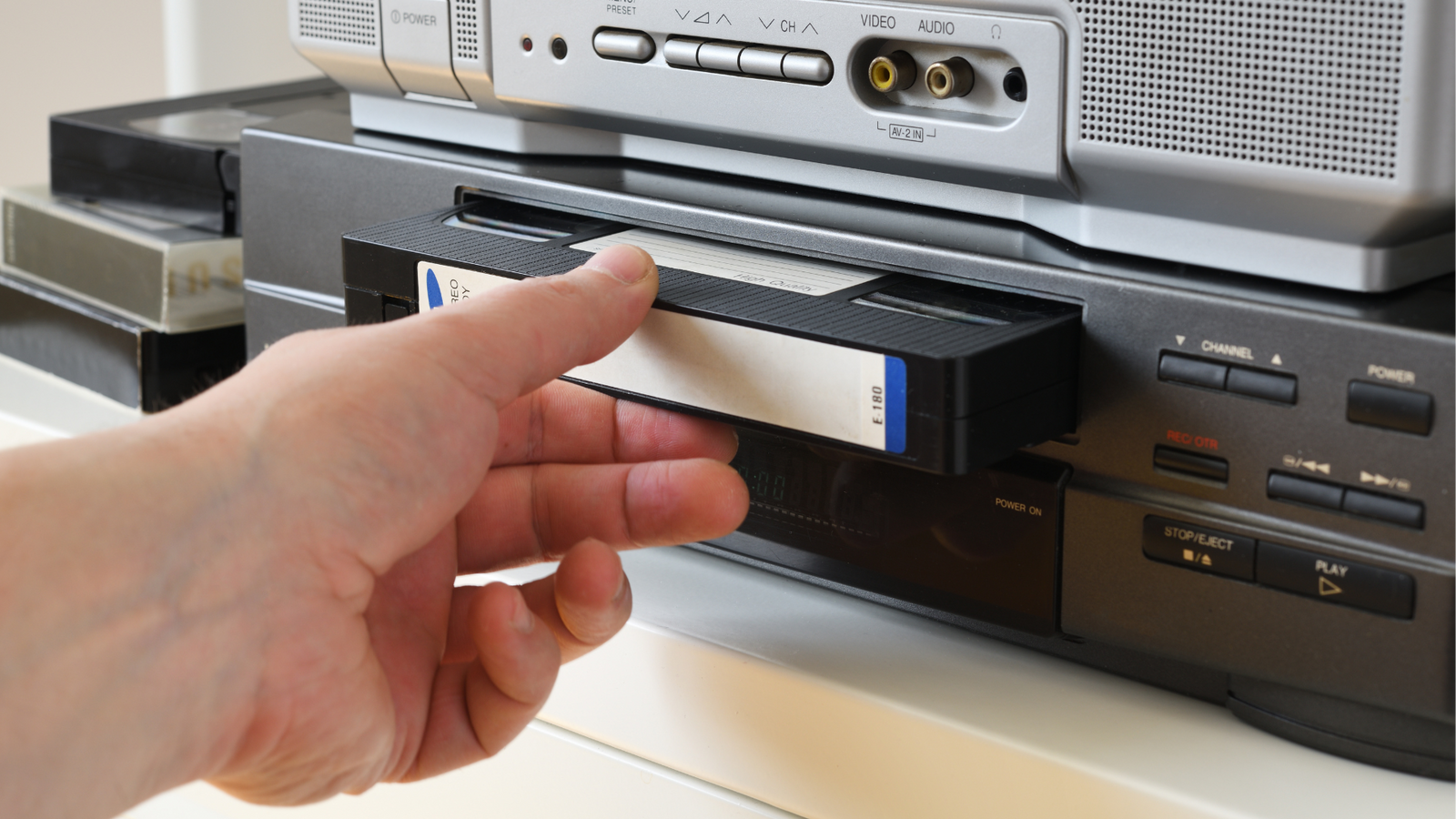Common VHS Playback Problems
If you've dusted off an old VCR only to find your VHS tape won’t play properly, you’re not alone. VHS playback issues are one of the most common challenges for families trying to revisit home movies. Whether it's fuzzy static, no sound, or a tape that just won’t load, it’s often a sign of worn equipment—or an aging cassette.
Here’s how to troubleshoot your VHS playback and what to do if your memories are stuck inside a tape that won’t cooperate.
How to Fix a VHS Tape That Won’t Play
Before assuming the tape is damaged beyond repair, try the following steps:
-
Check the VCR: Make sure the machine is clean, plugged in, and ejects tapes properly.
-
Rewind the Tape: A cassette stuck mid-play may resume once fully rewound.
-
Inspect the Cassette: Look through the clear window. If the tape is crinkled or dislodged, it may need gentle realignment.
-
Try Another Player: Some tapes don’t sync well with certain models—especially with age differences.
If you're still having issues, it might be time to convert VHS tapes to digital and rescue the content before the damage worsens.
VHS Repair Tips You Can Try at Home
VHS repair isn’t impossible—but it’s delicate. If you're handy and feel confident, here are simple fixes:
-
Unscrew the Case: Carefully open the shell using a small Phillips screwdriver.
-
Untangle the Tape: Gently roll the reels to correct any twists.
-
Splice Clean Breaks: Use precision tape splicing techniques if the magnetic tape has snapped.
Keep in mind that repaired tapes may only play once more, so it's best to digitize them as soon as playback is possible. You’ll only get one shot at rescue, so consider using a professional who offers repair as part of the process—like Heirloom’s VHS repair and digitizing team.

VHS-C and Adapter Playback Issues
Some families have mini tapes labeled “VHS-C.” These require a special adapter to play in a standard VCR. If you’re having trouble, read our guide on VHS-C adapters to troubleshoot common problems like motorized adapters not opening or audio cutting out during playback.
Or, skip the adapter altogether and use our VHS-C tapes to digital conversion to preserve your memories before they degrade further.

What to Do if Your Tape Is Moldy or Jammed
If your tape smells musty or has white or black splotches, it may have mold—a common problem in humid climates. Playing a moldy tape can damage your VCR and make recovery harder.
Instead of risking it, send it to the America’s best video tape conversion service. Heirloom’s proprietary mold-cleaning process can safely recover video content without additional damage.

📧 Want more tips like this?
Subscribe to Heirloom emails to learn how to preserve your priceless memories. Get discount codes for expedited shipping, quality digitizing, and secure cloud storage. We never spam, and it’s easy to unsubscribe at any time.

